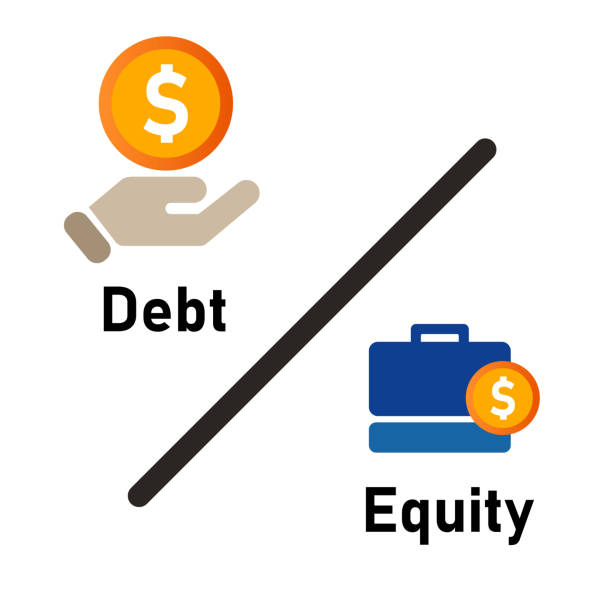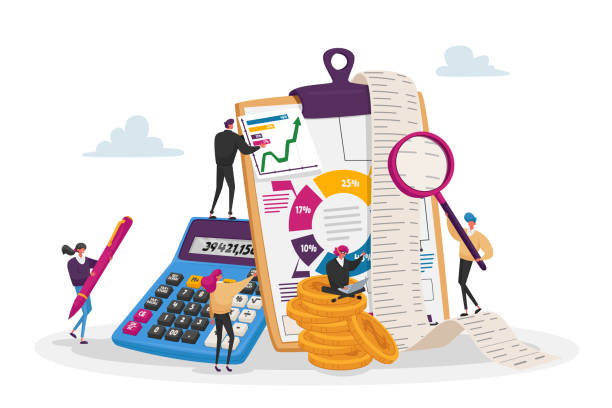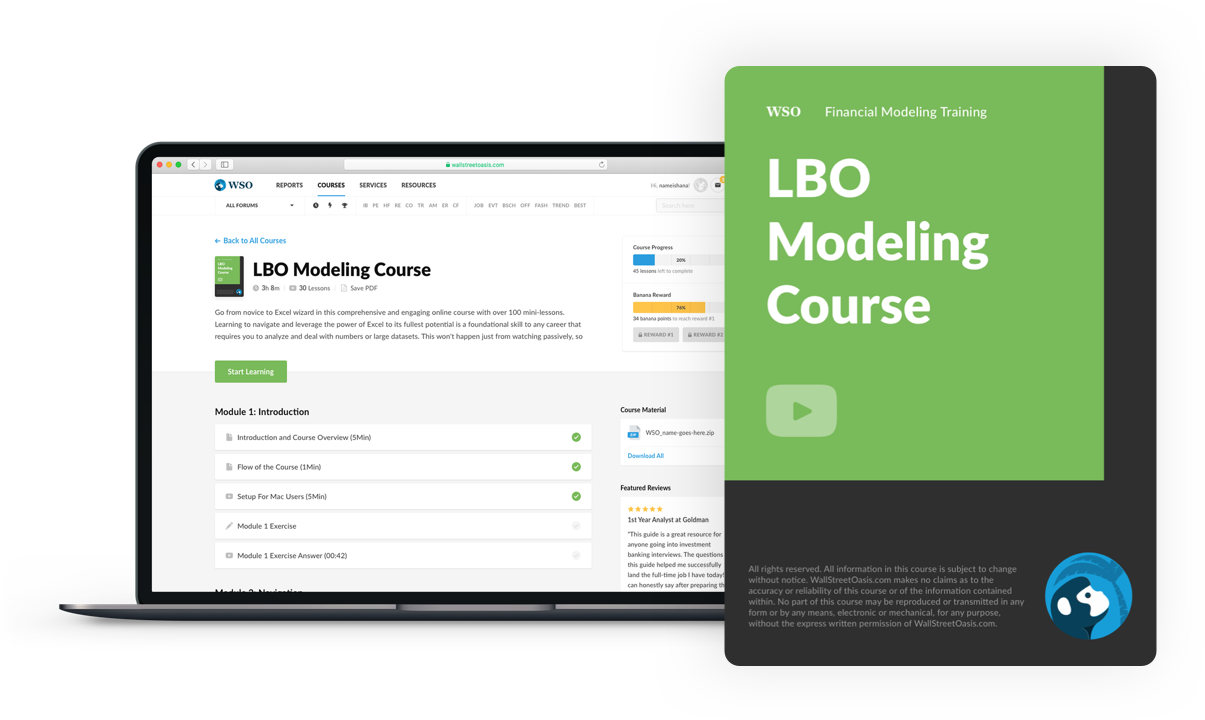
Gearing
Refers to a financial metric that measures the proportion of finance contributed by debt relative to equity provided by shareholders.
Gearing aims to analyze the capital structure of a business. It is a financial metric that measures the proportion of finance contributed by debt relative to equity provided by shareholders.
In theory, investors prefer a low-geared business since it indicates low risk and high financial stability.

Below is the formula for the ratio:
Gearing (%) = (Long-term-debt + short- term debt + bank overdraft) / (shareholder's equity) * (100)
The above ratio is expressed as a percentage, reflecting how much of a company's debt is used to finance its operations.
What is a good or bad ratio?
The ratio is relative since it compares an individual company and other companies within the same industry. Nevertheless, there exist some essential aspects to showcase desirable and undesirable ratios:
- A high ratio is anything above 50%
- A low ratio falls below 25%
- A desirable/optimal ratio lies between 25% and 50%
A good understanding of gearing is essential for investors and lenders since a high ratio indicates a high degree of leverage, whereby a company relies on debt to pay its recurring obligations.
In an economic downturn, such companies are prone to bankruptcy.
An organization with a low ratio often displays characteristics such as conservative spending habits or operations in a cyclical industry that is prone to variations in economic conditions.

Types of gearing ratios
1. Debt-to-Asset Ratio
A debt-to-asset ratio greater than one implies that a business has more debt than assets. Conversely, a ratio of less than one means that the firm has more assets than debt.
We can say that any organization with a high debt-to-asset ratio is highly leveraged and may lack financial stability.
Formula is:
Debt-to-Asset ratio (%) = Total Liabilities/ Total assets * 100
Norms and Limits
A less than 0.5 implies that most of the company's assets are financed through equity. In contrast, one greater than 0.5 means most of the company's assets are funded through debt. The maximum normal value is 0.6-0.7

2. Non-Current Debt-to-Asset Ratio
The above ratio indicates what percentage of the total assets is financed through long-term debt. A higher ratio means the company is more leveraged, owning a lower number of its assets.
In this scenario, the business would be required to sell more assets to eliminate its debt if it goes bankrupt. It would also be required to generate more substantial revenue and cash flow for a more extended period to repay its debt.
Formula is:
Non-Current Debt-to-Asset Ratio (%) = Non-Current Debt/ Total Assets * 100
3. Equity-to-Asset Ratio (%)
The above ratio indicates the proportion of a company's total assets financed by shareholder's equity. A high equity ratio is usually a good sign here as it implies that the company is in an excellent position to pay its debtors. On the other hand, a low ratio means the business is prone to bankruptcy.
The equity ratio also sheds light on a company's financial strength. For a better understanding, we can say that a higher contribution of shareholders to capital indicates a better long-term solvency position.
Formula is:
Equity-to-Asset Ratio (%) = Total equity/ Total assets * 100
Importance of having a decent equity ratio
A good equity ratio is paramount for any organization, as it means they have to pay less interest and have more cash on hand for future growth opportunities.
Likewise, a company with a lower equity ratio is more prone to losses since a large proportion of its earnings is spent on paying interest. Higher interest payable on loans takes a toll on the profit of any company.
Additionally, a higher equity ratio provides easier access to capital at favorable interest rates. In contrast, a lower equity ratio makes it inconvenient for a company to obtain loans from banks and other financial institutions. The reason is that lenders will give it at higher interest rates even when they receive a loan.

4. Debt-to-Equity Ratio (%)
This financial ratio indicates the relative proportion of an entity's equity and debt used to finance its assets. The ratio can also be referred to as financial leverage. The latter is a key metric used by investors when assessing the credit health of a business.
If the ratio is high and keeps rising, creditors are financing the organization rather than its revenue streams. Therefore, it indicates a dangerous financial situation.
Lenders and investors usually prefer a low debt-to-equity ratio, as the company is better protected from going bankrupt, making investments and loans safer. We can conclude that organizations with a high debt-to-equity ratio will find it hard to attract investors.
Formula is:
Debt-to-Equity Ratio (%) = Total liabilities/ Total Equity * 100
Norms and Limits
An optimal debt-equity ratio should be 1, i.e., liabilities = equity. Considering the various industries, most companies' maximum acceptable debt-to-equity is 1.5 - 2 or less.
While large companies can afford a ratio of more than 2, a high ratio is not acceptable for most medium enterprises.
A high debt-to-equity ratio generally indicates that a company finds it hard to generate enough cash to meet its debt obligations. However, a low debt-to-equity ratio could also mean that a business is not benefiting from potential higher earnings brought on by financial leverage.
5. Interest Coverage Ratio (%)
The interest coverage ratio (ICR) measures the ability of a company to meet its interest payments. We calculate it by taking a company's earnings before interest and taxes (EBIT) for a time period greater than one year, divided by interest expenses for the same period.
It indicates the frequency a company can make interest payments on its debt obligations with its available EBIT. The higher the ratio, the better since it signifies that the company can quickly pay interest expenses on outstanding debt.
Formula is:
Interest Coverage Ratio (%) = Profit Before Interest/ Interest Expense
Norms and Limits
Investors favor a high-interest cover ratio as the company has enough earnings to meet its interest payments. On the other hand, a lower ICR means fewer earnings are available to make interest payments, and the business is more vulnerable to increased interest rates.
For an organization whose ratio is only 1.5 or less, its capacity to meet interest expenses may be questionable. An interest coverage ratio below 1.0 indicates that the business is struggling to generate the necessary cash to cover its interest payments - Interest Payments > EBIT.
How Can a Company Lower Gearing?

Businesses can look for several ways to decrease their debt-to-equity ratio by using the techniques listed below:
1. Convert loans
Companies can negotiate with their debtors to swap existing debt for shares in their business. Nevertheless, this option should only be used when a business is clearly in a difficult situation and unable to pay off its borrowings.
2. Sell shares
The company's board of directors could give the green light for the sale of shares in the company to meet debt obligations.
To achieve this, we must increase the rate of accounts receivable collections, reduce inventory levels, and extend the maturity dates of accounts payable. These measures can be used to generate cash and pay down debt.
4. Reducing operational costs
A business can look for areas or segments of its operations that tend to be inefficient in terms of cost. Then, once those operational inefficiencies have been identified, look for ways to reduce them and use the money saved to pay off debt obligations.
For instance, if renting an office building is unnecessary, or staff can work remotely, the organization can look for ways to cut back on those expenses by saving on office rent and office supplies for its employees.
5. Seek alternative financing options
If a business intends to increase its cash flow and depend less on debt financing, debt factoring might be a better alternative. This practice ensures a company gains access to working capital by selling its invoices, effectively avoiding waiting periods and creating liquid capital.
Limitations
The above ratio is effective when determining whether or not a company is making good use of its capital. In addition, it is of paramount importance for investors since it gives a good indication of whether or not an investment is risky.
If an organization's capital consists predominantly of interest-bearing funds, it is a riskier investment. On the other hand, if the company has a higher proportion of common equity, then it would be a safer investment decision.

One possible drawback of the ratio is that it is not the only determinant for investors when considering whether or not to invest in a company. For example, imagine an individual looking at Company A's capital structure for 2015. It consists of 30% common shares and 70% borrowed funds.
Since Company A is highly geared, investors will immediately conclude that it is a risky investment simply due to a single ratio. Nevertheless, reviewing the company's capital structure over at least its past 5-6 fiscal years is essential to see if it has been highly geared over that timeframe.
If a company has been highly geared for the past 5-6, we can conclude that it is a risky investment. On the other hand, if this is not the case, and they have taken a loan since they are a young and growing business or to meet an urgent need, an investor might still consider investing.
It is also essential to know that ratio calculations should only be done when comparing companies in the same industry since they tend to be highly industry-specific.
Monopolistic companies are often found to have a high ratio compared to other types of markets. However, even if the ratio indicates that a company is at a high risk of going bankrupt, it might not be the case in relation to other firms in the industry.
Their strong industry position can explain this situation which mitigates their financial risk. Moreover, capital-intensive industries, such as manufacturing, often finance their expensive items via debt which automatically results in higher ratios.
FAQs

A company with a ratio lower than 25% is typically considered low-risk from the perspective of both investors and lenders.
Conversely, a 25% and 50% ratio is usually regarded as optimal for well-established organizations.
It typically refers to a company's debt-to-equity ratio. It indicates the extent to which lenders fund a firm's operations compared to shareholders.
Leverage refers to the amount of debt incurred to invest or benefit from higher returns, whereas gearing refers to debt financing as a percentage of equity financing.
The benefits are:
- Lower risk of liquidation due to the ability to pay off interest payments
- Lower interest payments, implying that cash can be diverted towards more profitable projects
Lenders and investors use the ratios to indicate the risk level associated with a company.
A company with debt exceeding the value of its assets might be at risk of defaulting on its interest payments. It is especially the case if there's an increase in interest rates.
When analyzing a company's financial reports, investors and lenders conclude that a ratio below 25% is low-risk, deeming the company a safe option for investments or loans.

Everything You Need To Master LBO Modeling
To Help You Thrive in the Most Prestigious Jobs on Wall Street.


or Want to Sign up with your social account?